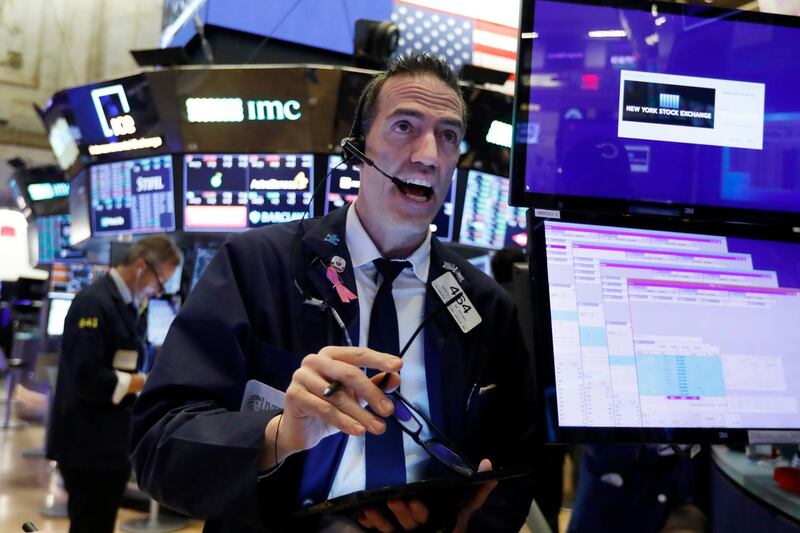Forex and commodity markets continue to adopt a risk-off approach with low-yielding assets, such as the US dollar and yen, higher as the rising coronavirus death toll keeps investors in check. Judging by the pricing action over the past few weeks, fears appear to ebb and flow on a daily basis. What’s more interesting has been the positive performance of US equity markets during this time. With around 43,000 reported cases and deaths now in excess of 1,000 globally, there is no clear vaccine and the uncertainty resulting from this has seen forex and commodities move lower.
Despite this, US equities are continuing to hit record highs. At the time of writing, the Dow Jones Industrial Average was trading a shade under 29,500 while the S&P 500 approaches 3,400. With the impact of multiple city closures in the world’s second largest economy, along with the lag effect it will have on manufacturing and industrial production, this should catch up with equity markets in the weeks ahead.
Data from the US has been mixed despite the strong beat in January’s payroll report, which saw 225,000 new jobs added versus an expected 160,000. A closer look, however, shows that the data release was not as positive as it looks. Unemployment worsened from 3.5 per cent to 3.6 per cent and wage growth missed expectations more alarmingly. Ultimately, I will continue to maintain a cautious approach towards markets and focus on the data docket to gauge how the world recovery is actually ticking along.
This Thursday sees the release of US inflation data, which is expected to slow to 2.2 per cent from a previous reading of 2.3 per cent. Federal Reserve chairman Jerome Powell’s testimony preceding this on Wednesday will also be interesting for the markets. While many central banks are adopting an accommodative, wait-and-watch approach, I expect to hear similar rhetoric from the Fed in the weeks ahead as the coming growth story remains unbalanced.
I have long maintained a bullish bias on the US dollar and will continue to support this view. The US Dollar Index, a value of the dollar against a weighted basket of major currencies, is approaching four-month highs. Its performance against the euro has been particularly remarkable. The EUR/USD pairing on the Dubai Gold & Commodities Exchange is at four-month lows and down around 1.7 per cent on the month. Two weeks ago, I gave a bearish outlook on the EUR/USD and my target was easily filled at $1.098 levels; now we need to consider further downsides to $1.088 levels in the days ahead. I expect some buying support coming in at these levels, however, upsides would be capped at $1.11 in the coming weeks. Again, the underlying drag on the European Union's future economic prospects keeps me interested in euro shorts leading into the summer months.
Gold has also sold off in February, with the precious metal finding itself trading 1.56 per cent lower on the DGCX this month after hitting $1,547 levels. While my earlier entry target of $1,490 is still some way away, gauging by the performance of the dollar these days I will wait for this level to trigger long-term gold long positions.
Along with the underlying coronavirus theme, we have a host of key economic data points lined up for the UK, such as inflation data as well as average earnings and employment figures. Expectations are for year-on-year inflation to grow to 1.5 per cent versus a previous reading of 1.3 per cent. The GBP/USD pairing has suffered this month and I expect downsides to continue towards $1.274, a level I expect to get filled by early March.
Across the pond, I am also keeping an eye on US retail sales data due out on Friday, with growth excepted at 0.3 per cent, along with industrial production figures, expected to show a contraction of 0.2 per cent. With the US Dollar Index trading at 98.80 levels, expect the index to continue holding above 98 with resistance coming in at 99.30 levels.
Gaurav Kashyap is a market strategist at Equiti Global Markets. The views and opinions expressed in this article are those of the author and do not reflect the views of Equiti








